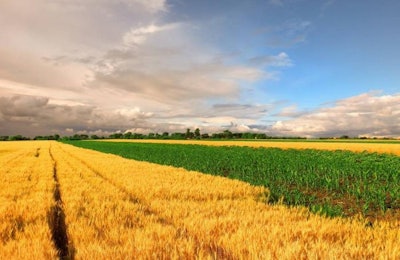
Weather extremes, insect damage, crop rotation and soil management are factors that lead to plant stress and increase mycotoxin risk, according to Neogen’s 2016 Capstone Report, an overview and analysis of the North American grain-growing season.
In wheat and barley, excessive rain when kernels are forming midseason is a prime cause of deoxynivalenol (DON).
Confirmed reports of DON in wheat this season came from:
- Montana
- North Carolina
- Georgia
- Pennsylvania
- North Carolina
- Kansas
- Missouri
- Saskatchewan, Canada
- Manitoba, Canada
Confirmed reports of DON in barley came from:
- North Dakota
- Maryland
- Delaware
- Saskatchewan, Canada
- Manitoba, Canada
Late-summer rains also increase DON levels in corn. This year’s wet September and October, particularly in the Great Plains and Upper Midwest, were responsible for high DON reports in corn.
Confirmed reports of DON in corn came from:
- Illinois
- Indiana
- Iowa
- Michigan
- Ohio
- Ontario, Canada
Throughout this year’s growing season, drought conditions and high temperatures affected crops in the Great Plains and the South. Dryness during pollination is a major cause of aflatoxin in corn.
Confirmed reports of aflatoxin in corn this season came from:
- Alabama
- Georgia
- Kansas
- Louisiana
- North Carolina
- Oklahoma
- South Carolina
- Texas
Fumonisin grows best in high temperatures and with ample moisture during corn pollination.
Confirmed reports of fumonisin in corn came from:
- Illinois
- Kansas
- Missouri
- Nebraska
- North Carolina
- Oklahoma
- Texas
Zearalenone develops during a cool and wet midseason.
Confirmed reports of zearalenone came from:
- Iowa
Overall, grain-growing regions in North America had average to above-average temperatures during most of the growing season. This, along with ample moisture and good planting, produced a large wheat crop, up 12 percent from 2015 to 2.31 billion bushels, and a record corn yield, up 12 percent from 2015 to 15.22 billion bushels. The barley crop was down 9 percent from 2015 to 199.3 million bushels.

















